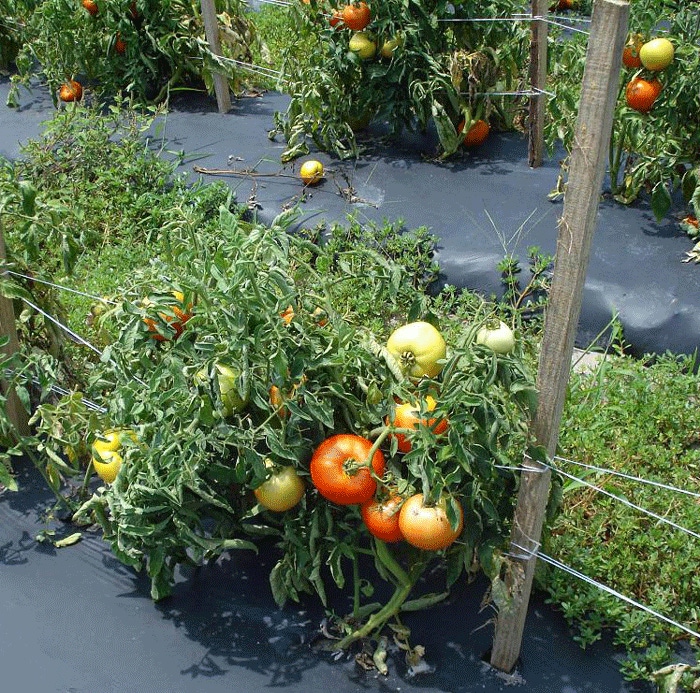December 2, 2011

New research shows that U.S. tomato growers may not have to choose between plant varieties that produce high-value fruit and those that are resistant to troublesome soil-borne pathogens.
Researchers and farmers alike are demonstrating that grafting shoots of one plant to the root system of another is a cost-effective, environmentally sound way for growers to both manage diseases and cash in on improved yields.
For example, one Pennsylvania farmer growing grafted tomatoes in high tunnels boosted his yields 20 percent — or $9,024 per high-tunnel acre — compared to his standard practices.
Separately, North Carolina State University researchers determined that grafting with organic and heirloom tomatoes can increase profit by 38 cents per plant.
SARE has a new fact sheet, Tomato Grafting for Disease Resistance and Increased Productivity, that helps farmers and agricultural educators learn how to graft tomatoes to fight disease and improve the health and vigor of tomato crops. It is available as a free download from SARE's Learning Center.
Growers interested in experimenting with this novel approach of improving resistance to soil-borne pathogens will find:
• Helpful tips for grafting plants, including variety selection based on resistance to particular diseases, step-by-step grafting techniques and caring for grafted plants;
• Instructions for building a healing chamber for newly grafted plants, and for transplanting them to the field;
• An analysis of the economic viability of grafting under different conditions.
Still a relatively uncommon practice in the United States, researchers around the world have demonstrated that grafting can protect plants against a variety of soil-borne fungal, bacterial, viral and nematode diseases, such as Verticillium and Fusarium wilt (FW), corky root rot, root-knot nematodes, bacterial wilt, southern blight and other diseases.
Grafting is on the rise in the United States, since it has been shown to successfully manage bacterial wilt in tomatoes, even in severely infested soils.
In western North Carolina, for example, a resistant rootstock was used to reduce bacterial wilt in tomatoes: At season's end, nearly 90 percent of the control plants died while 100 percent of the grafted plants not only survived, but their yield was more than two fold that of the surviving non-grafted plants.
Tomato grafting shows particular promise for high-tunnel, heirloom and organic growers. With little opportunity for extended crop rotation intervals in a high tunnel, disease pressure can be very high.
Heirloom varieties are not bred for resistance, and, in organic systems, other disease management practices are limited.
Due to the phase-out of methyl bromide in the United States, grafting could become a widespread pest management strategy for a large segment of growers.
You May Also Like




